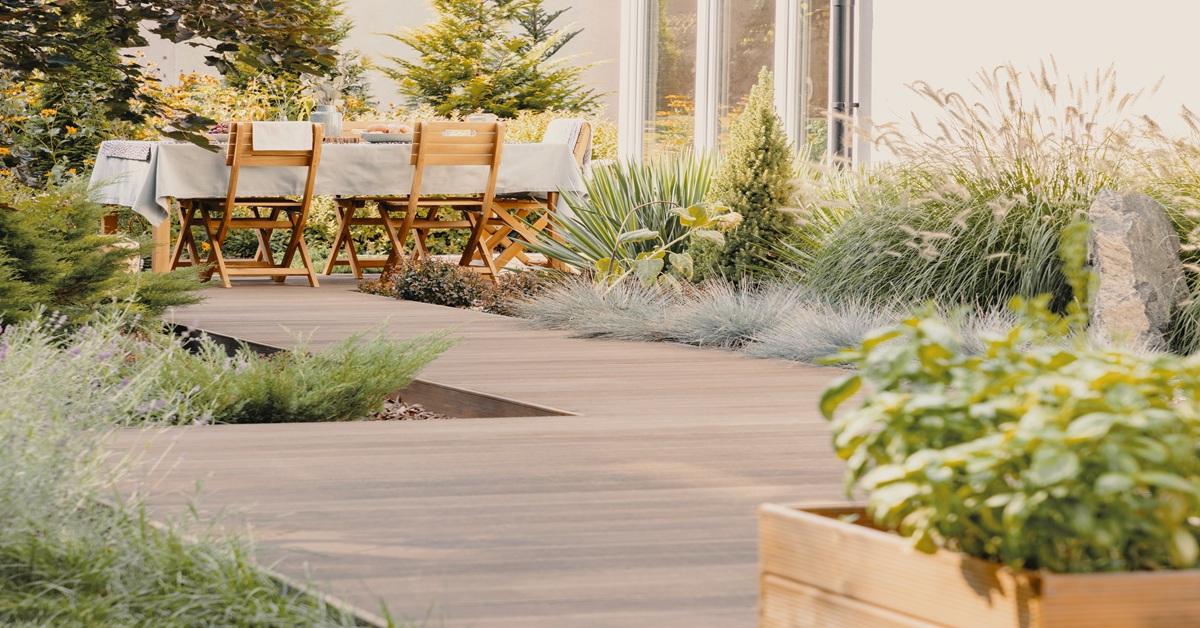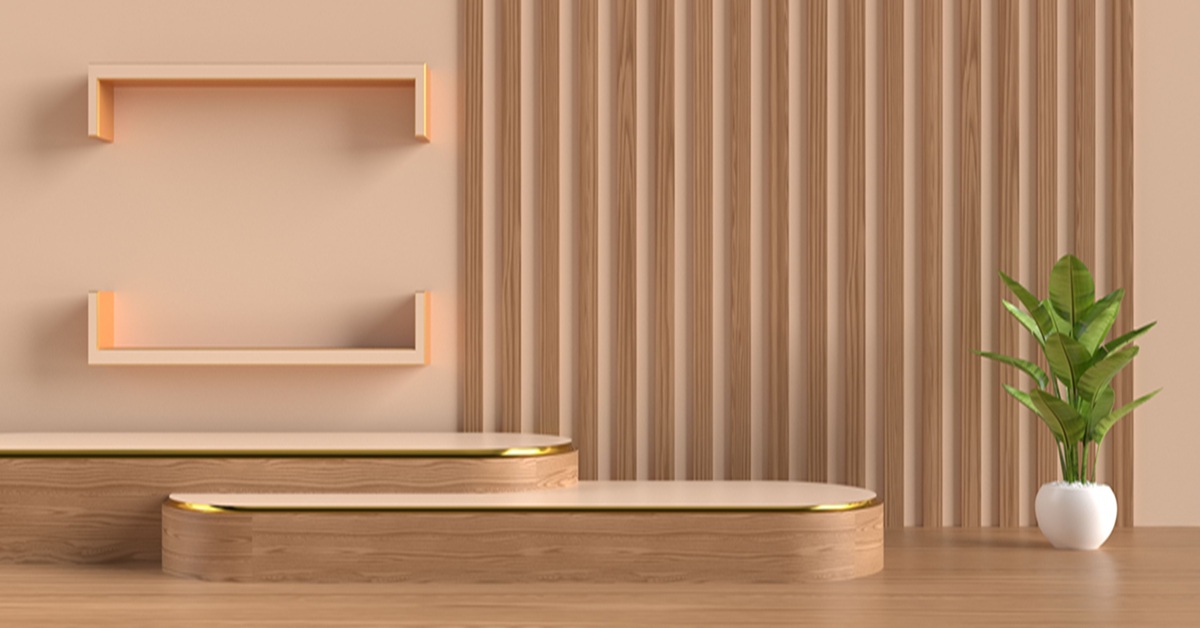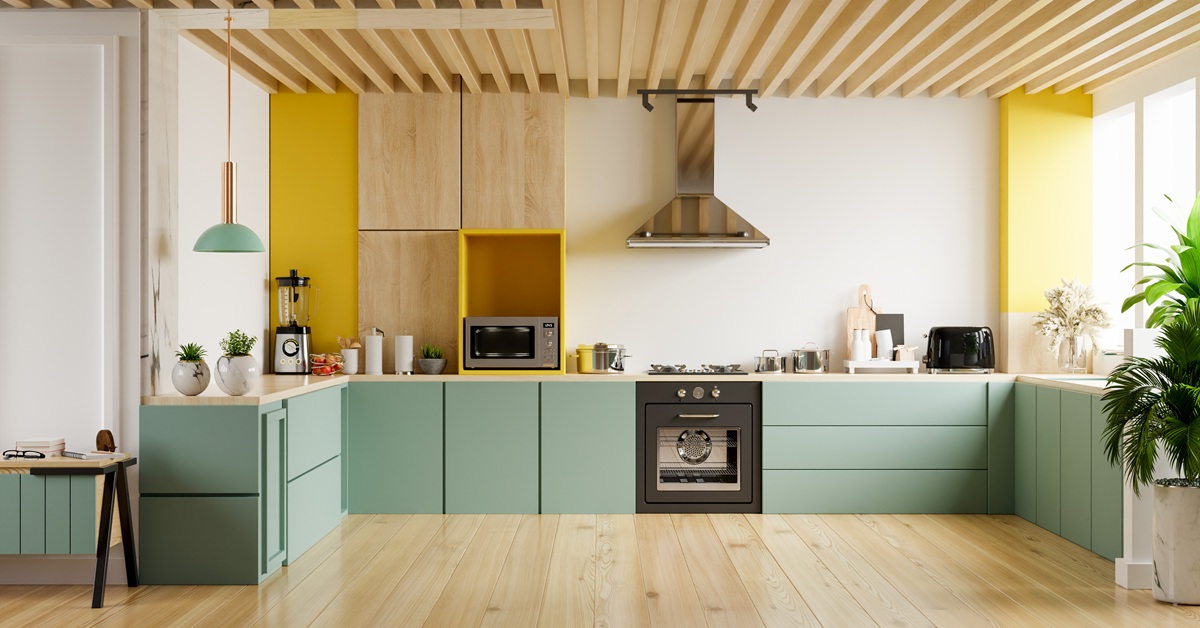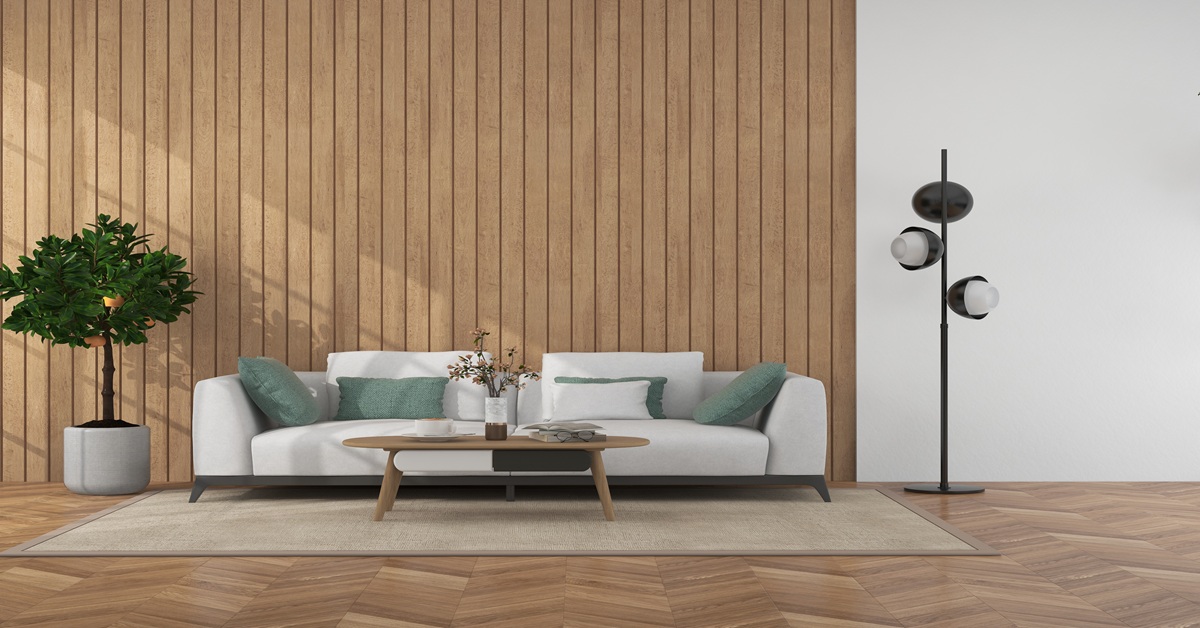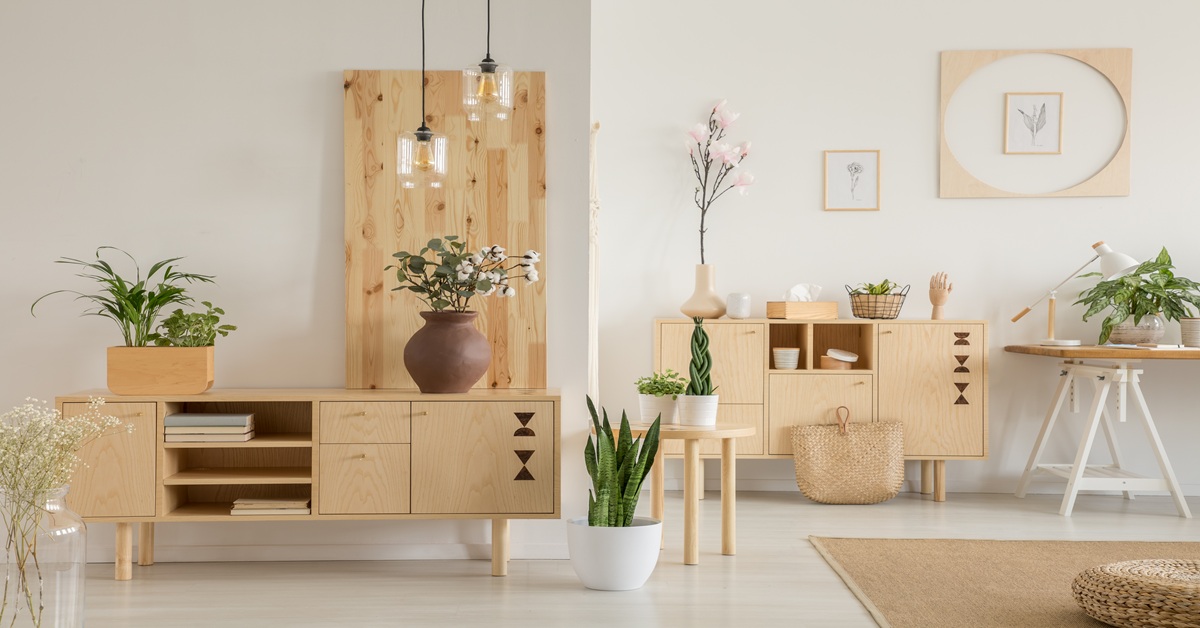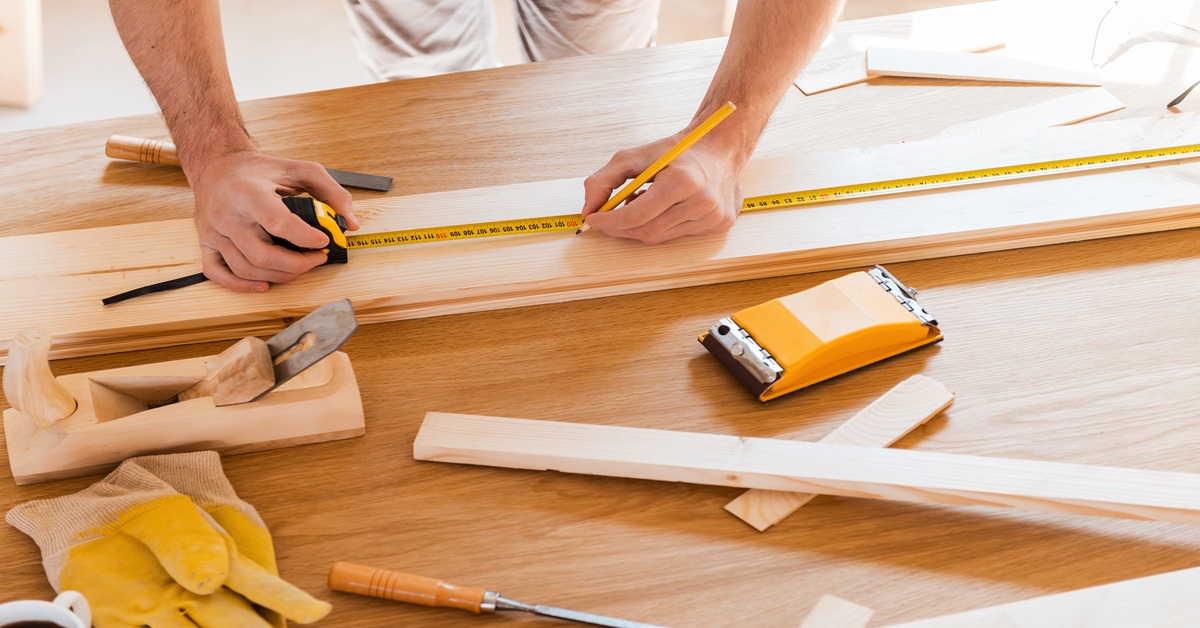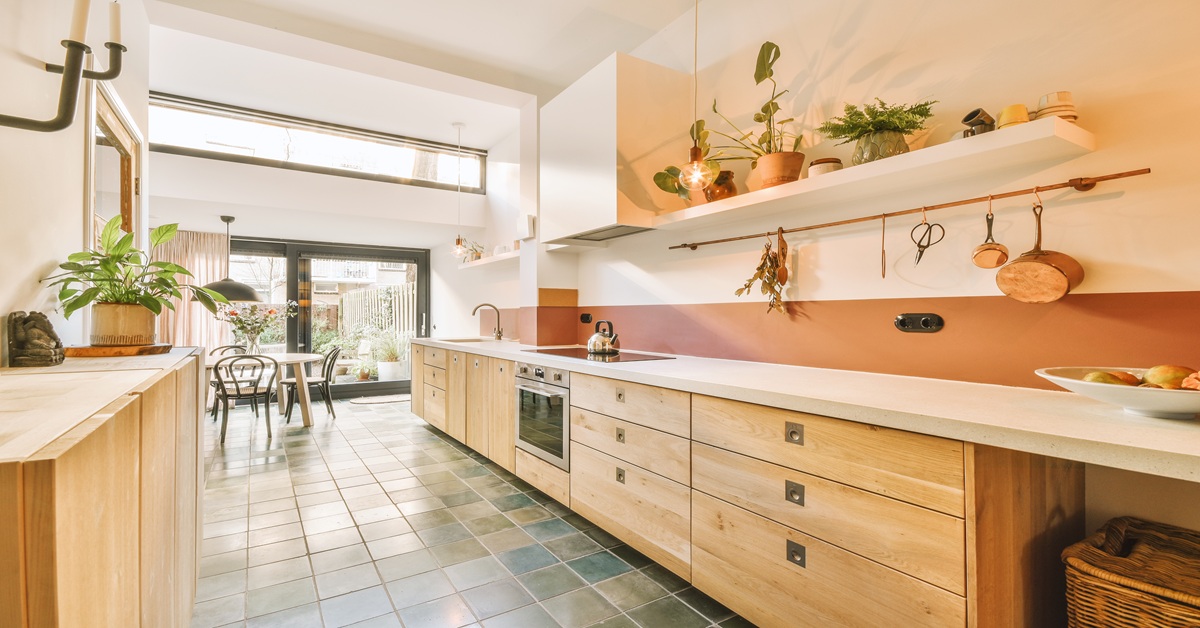Introduction
Termites are unseen pests that can do major damage even before their existence is found. In addition to causing serious damage to timber structures, termites are also capable of causing significant damage. Termite infestations, on the other hand, are substantially more likely to occur in regions with high levels of humidity. This is because of the high humidity levels in these regions. Termite-proof plywood is a revolutionary solution that has been developed to combat these tenacious pests. This solution has been devised in order to combat these infestations.
For the aim of ensuring that your home is free of termites, the purpose of this blog is to provide information about the benefits of termite-proof plywood, including the manufacturing process of the plywood, vulnerable areas in homes, cost savings, and installation tips.
Table of Contents
How Termite-Proof Plywood is Treated and Manufactured
Areas Most Vulnerable to Termite Attacks in Homes
Comparing Termite-Proof Plywood to Regular Plywood
Long-Term Cost Savings of Termite Resistance
Tips for Ensuring Termite Protection During Installation
How Termite-Proof Plywood is Treated and Manufactured
Specialised treatments are applied to termite-resistant plywood in order to strengthen its resistance to termite infestations. This is done in order to make the plywood more resistant to termites. The use of chemical treatments that contain termiticides, pressure treatments in which preservatives are injected deep into the wood, and boron treatments, which establish a poisonous barrier for termites, are all typical operations.
These treatments not only prevent termites from entering the plywood, but they also make it more durable, which makes it acceptable for a wide range of uses, including in the building of furniture and structural components. In addition, a sizeable number of manufacturers are now using chemicals that are less harmful to the environment, which ensures the safety of both the people living in the area and the environment.
Areas Most Vulnerable to Termite Attacks in Homes
As soon as the areas that are most likely to be infested with termites have been identified, it will be much simpler to take preventative steps. Termites are known to cause damage to homes by entering via the foundations, particularly in regions where wood is in contact with the dirt. Basements and foundations are two of the most common entry points for termites.
Due to the high cellulose content that is present in beams, joists, and wall studs, these components are frequently targeted by thieves. In addition, wooden frameworks and structures make for excellent targets. The presence of a buildup of moisture, such as in attics and roof spaces, is likely to attract termites. Termites are likely to be lured to these areas.
Wooden structures that are located on the exterior of a building, such as porches and decks, are susceptible to damage, particularly if they are not maintained. The presence of a buildup of moisture, such as in attics and roof spaces, is likely to attract termites. Termites are likely to be lured to these areas. Wooden structures that are located on the exterior of a building, such as porches and decks, are susceptible to damage, particularly if they are not maintained. In terms of the soil and the landscaping, the amounts of moisture have been: It is possible that the mulch and the damp soil in the area surrounding the house could serve as breeding grounds.
It is possible for homeowners to significantly lessen the likelihood of an infestation by locating and strengthening these areas with plywood that is resistant to termites. This can be accomplished by locating and fortifying these areas.
Upgrade to termite proof plywood today for a pest-free tomorrow!
Comparing Termite-Proof Plywood to Regular Plywood
Standard plywood, on the other hand, is not resistant to termite infestations, despite the fact that it is a material that is quite inexpensive. When plywood that has not been treated is exposed to the elements for an extended period of time, it has the potential to become a breeding ground for termites, which can lead to structural defects.
The use of plywood that is resistant to termites, on the other hand, results in enhanced durability, a longer lifespan, and complete peace of mind. However, despite the fact that the initial investment is higher, it is a superior solution because of the long-term benefits, which include fewer expenditures for repairs and increased property value.
Long-Term Cost Savings of Termite Resistance
Purchasing plywood that is resistant to termites will result in significant cost savings over the course of time if you make the investment first. You should take into consideration the costs that are associated with termite damage, such as the cost of repairing or replacing wood that has been infected, the cost of treating the infestation, and the potential loss of value of the property.
Plywood that is resistant to termites not only minimises the frequency with which treatments and inspections are required, but it also helps to mitigate the risks that are associated with these dangers.
It is guaranteed that constructions will remain intact as a consequence of their endurance, which allows them to maintain both their beauty and their functionality. Furthermore, it offers homeowners a solution that is economical in the long run, which is a significant benefit.
Say goodbye to termites with our premium termite proof plywood.
Tips for Ensuring Termite Protection During Installation
Installation that is done correctly is an imperative must if you want to get the most out of termite-proof plywood and maximise its benefits.
- For the purpose of preventing termites from gaining access to the plywood, it is important to ensure that there is a barrier between the plywood and the ground. This will prevent termites from gaining access to the plywood.
- Applying sealants to any openings where termites might be able to enter is an important step in ensuring that any joints and edges are permanently sealed.
- Maintaining adequate ventilation is essential because it avoids the accumulation of moisture, which in turn reduces the likelihood of termites being drawn to the dwelling.
Protecting your home from termites, one of the most destructive pests that can be found in and around the house, with plywood that is resistant to termites, is an efficient way to protect your property. By employing specialist treatments and strategic installation, it offers residential properties a solution that is not only long-lasting but also cost-effective and environmentally responsible. This is accomplished through the use of strategic installation. Those who reside in areas that are prone to termites, such as Udupi, should not view purchasing termite-proof plywood as a choice, rather, it is a fundamental demand that must be met. Immediately begin defending your home from insect infestations by taking advantage of this innovation and beginning to protect it right now.
Conclusion
One smart and proactive way to guard your house or office against expensive pest damage is with termite-proof plywood. Its specially treated core makes sure your furniture, cabinets, and structural components last and withstand termite assaults. Choosing termite-proof plywood invests in long-term value, durability, and peace of mind rather than only averting infestations. Choosing termite-resistant materials is a smart move towards a safer, stronger, and worry-free living environment, whether your project is new or renovation-oriented.
Your first line of defence against termites starts here. Explore eco-friendly, termite-resistant plywood options at Wigwam Ply now.
FAQs
1. Can I use termite-proof plywood in kitchens and bathrooms?
Absolutely, it’s ideal for moisture-prone areas due to its enhanced durability.
2. Does termite-proof plywood require special maintenance?
No, it requires minimal upkeep compared to regular plywood.
3. How long does termite-proof plywood last?
With proper installation, it can last for decades without termite damage.
4. Is termite-proof plywood eco-friendly?
Many brands use low-VOC treatments, making them safer for the environment.
5. Can I paint or polish termite-proof plywood?
Yes, it can be finished like regular plywood to match your decor.

